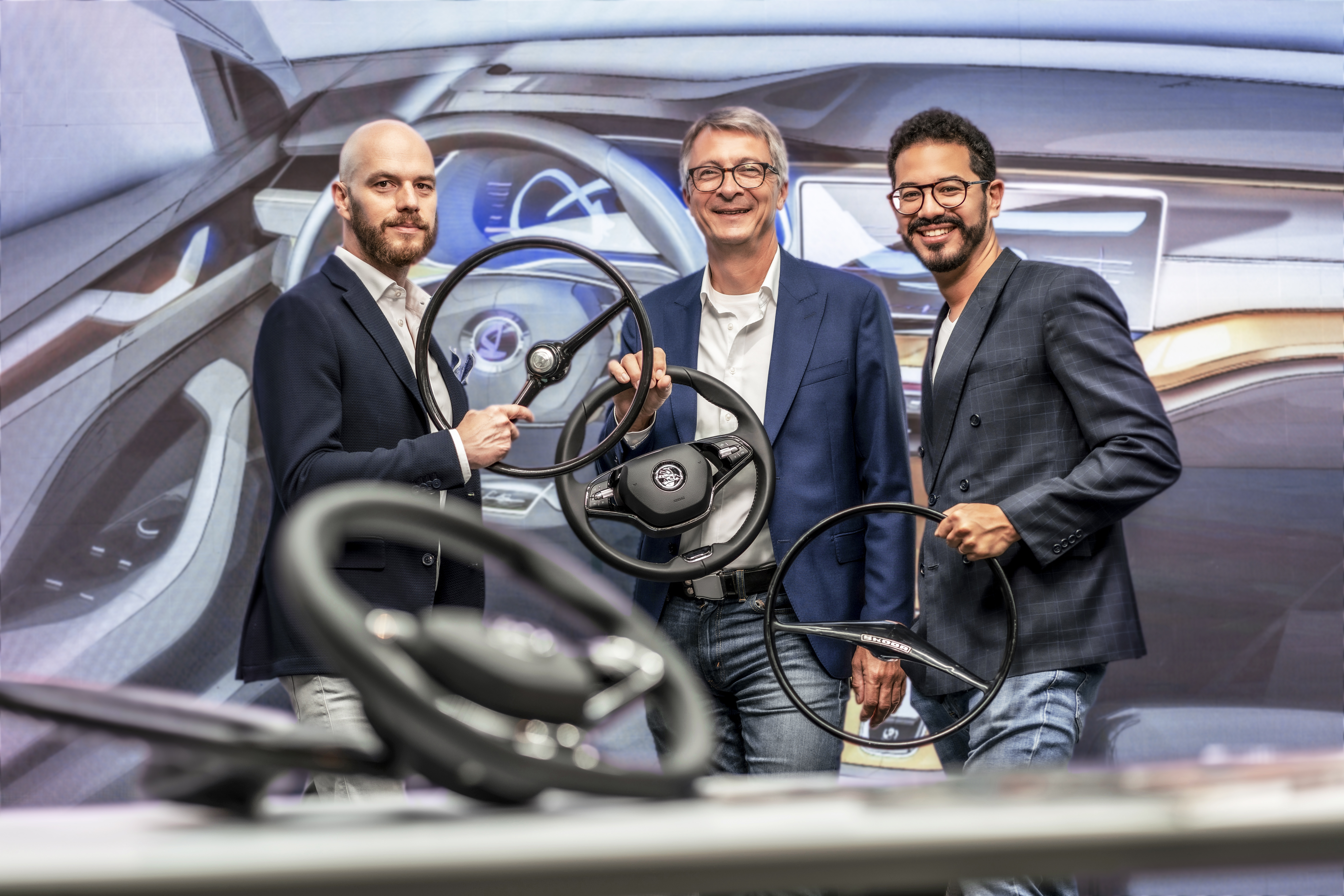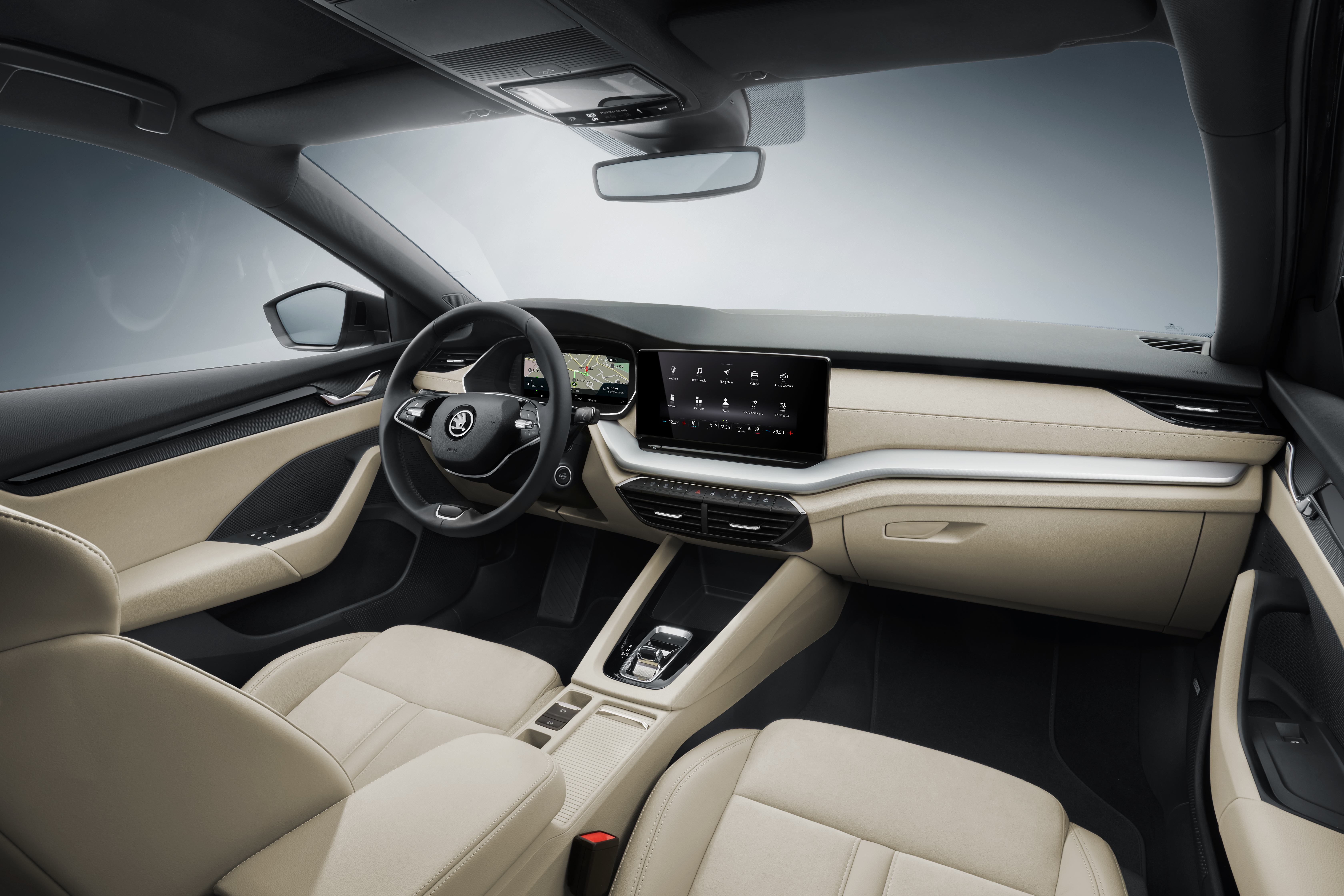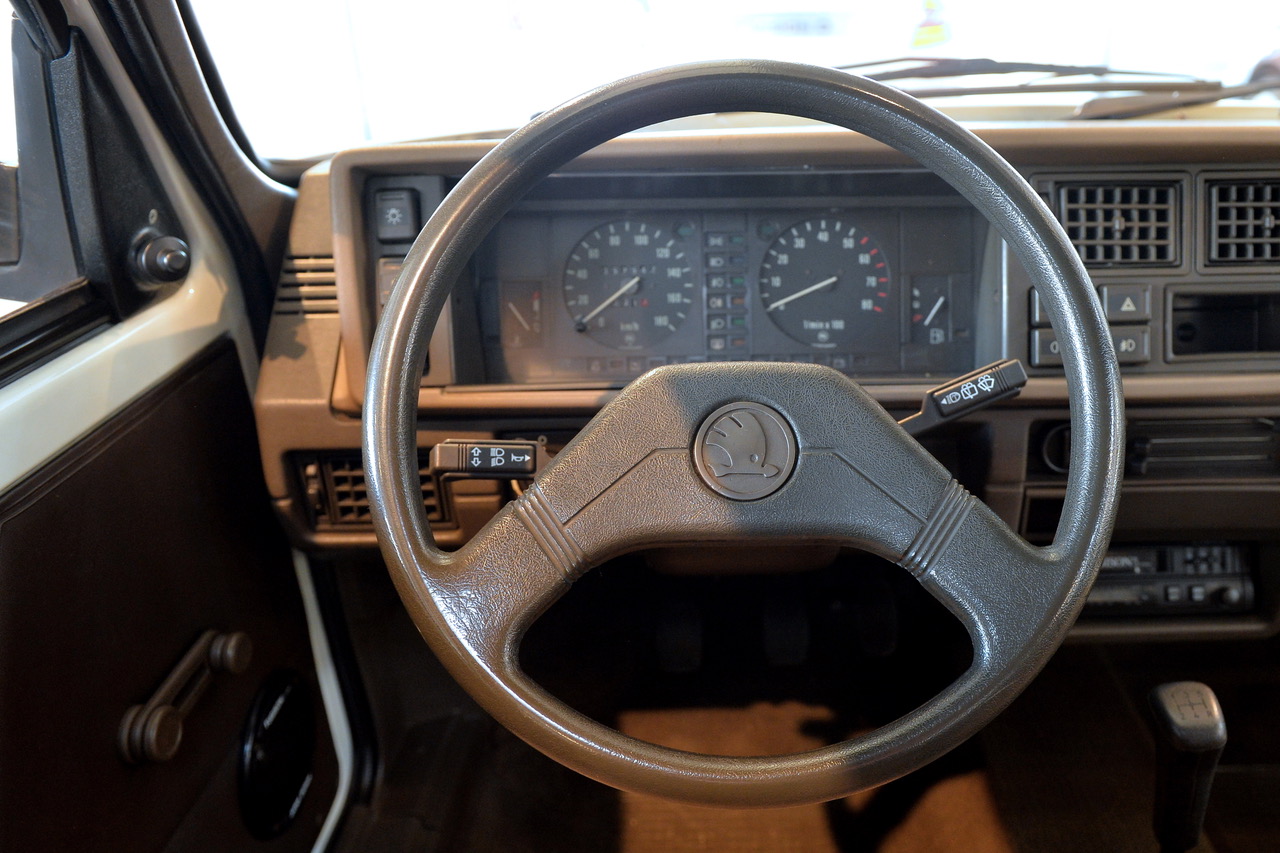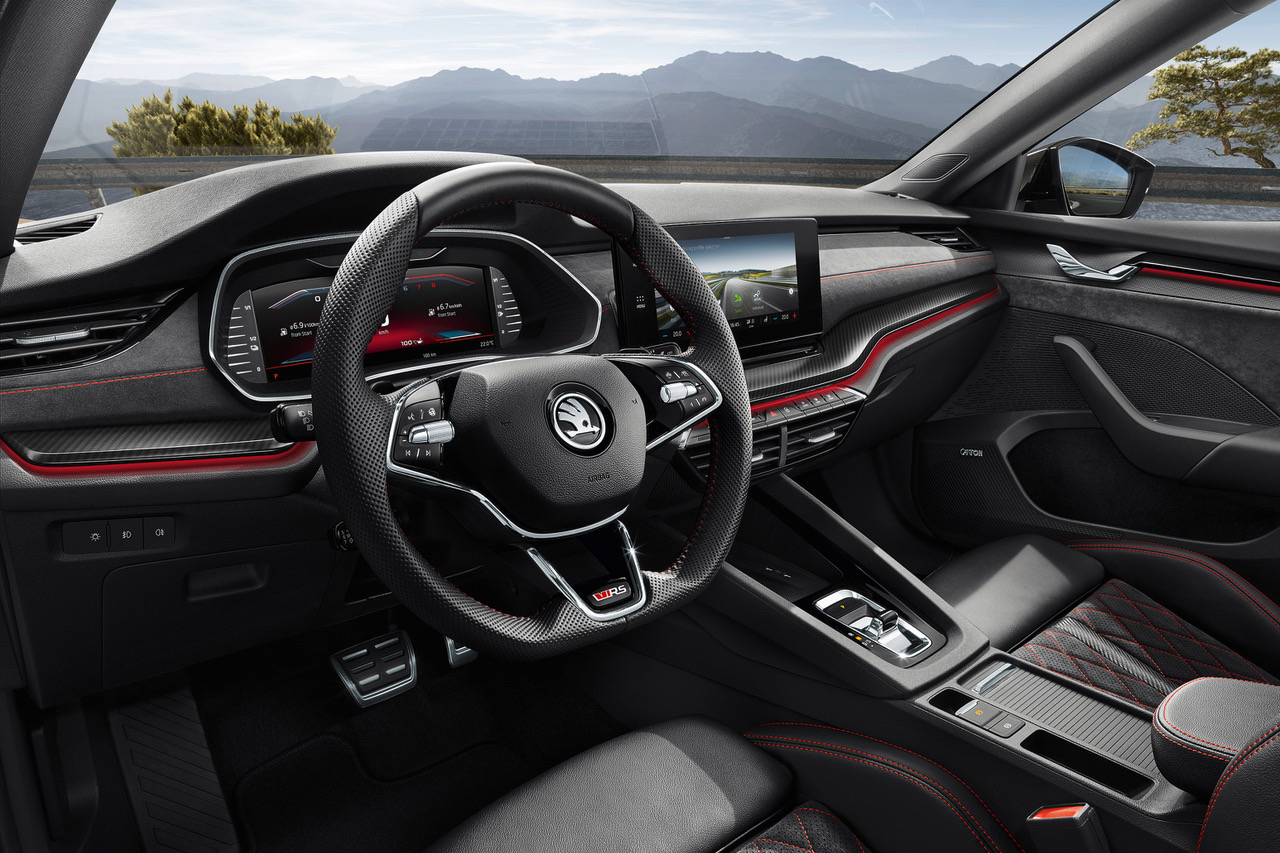The overall arrangement of the various elements and other design “tricks” guarantee that the driver is always aware of the angle at which the steering wheel is turned. That’s also why the bottom part of the steering wheel features a kind of stunted third spoke. “It’s an interesting orientation feature that works both optically and by touch. And what’s more, in the future we can use it for various adaptations of the steering wheel,” Peter Olah explains.
Variations and rock-solid foundations
In addition, this design made it possible to prepare an actual version of the steering wheel with a third spoke. That version is intended for ŠKODA sports models, i.e. RS cars and Sportline and Monte Carlo versions. “A steering wheel’s life cycle is longer than a car’s – steering wheels are used for ten years or even longer. Having various versions allows us to adapt their appearance to the customer’s taste and requirements and to make the steering wheel fit better with different interiors,” Marwan Khiat explains.
Two aspects that ŠKODA does not experiment with, though, are the steering wheel’s basic shape and its diameter. “We looked at various size options, but it’s too complicated. A different size has a huge impact on the feeling you get from driving the car and the overall ergonomics. If you make the steering wheel smaller, for instance, it means you have a smaller ‘window’ for looking at the instrument panel,” says Khiat, explaining why they stuck to one universal size for all models. Even with the new steering wheel, drivers should continue to control the car in the same way as they’re used to, without the need for getting the feel of something new. “It’s the space inside the circle that’s our playground,” the project manager says.


































